The Classical Roots Program is hardly making national news. But it is making a big impact on an expanding community by connecting the dots between education, outdoor work, ecology, student leadership, and mental health. It’s grown far faster than I would have imagined, been met with continuous enthusiasm along the way, and transformed this small Massachusetts private school into something more alive and, I think, more educational than it was before.
Lots of people have had questions or advice for me along the way—and all of it has been welcome. But one of the most frequent requests I get is for some sort of core curriculum, some digestible version of our process that can be plugged in at other schools by like-minded educators. This list, which will be divided over two posts, is an attempt to give just that to anyone and everyone who might be interested.
Some caveats. First, in case it wasn’t obvious, I am not a trained horticulturalist. I am a hobbyist gardener who has stretched a very limited amount of knowledge and experience to start a school agriculture program. I am also not trained in leadership or programming development. So any advice I give here has to be taken with a grain of salt, or three, or ten. Second, I don’t believe this is the only way you could go about starting a program like Classical Roots. Instead, it’s partly a simplification of how we did things and partly a collection of advice about how I wish we’d done them.
I imagine that I will be modifying and revising this list as time goes on. If I make any major changes to it, I’ll be sure to let you know. In the meantime, if you know any teachers, administrators, or gardening nerds who might find this useful, go ahead and send it their way. The more the merrier.
Know a green-thumbed educator? Share this post to help them get started:
1. Start Small
The patch of grass where we built our first garden is around 16’ x 40’. That’s not exactly a football field and, as I’ve reflected on the start of it all, I am very glad of it. Gardeners are notorious over-planners and, if you’re the sort of person who’s contemplating starting a program like this at your school or in your community, it’s likely you’re the visionary type. So my first advice is to keep things very modest in the beginning.
The advantages of small beginnings are many. First, they reduce the margin for error. It’s much easier to make a crucial mistake with a large growing space that has lots going on than it is with a smaller area. Second, they ruffle less feathers. Schools are like yachts: they turn very slowly. Few people will oppose the idea of a small veggie garden out behind the school, and even fewer will resent it once it’s there. Third, it keeps your extra workload to a minimum. And this is going to be extra work.
When you do choose your spot, make sure it’s a good one, with decent soil, good sun (south-facing, preferably), and enough visibility to catch your community’s eye.
2. Mobilize Student Volunteers
With passion projects, the temptation is always to control everything. If you’re planning on spending the blood, sweat, tears, and maybe even money it will take to get an educational garden project started, it will only be natural for you to try and control every aspect of its development. Resist this temptation. Remember, your garden doesn’t exist to feed a family of five or get tourists to fork over the price of an admission ticket: it is a classroom, first and foremost. And classrooms serve students.
As early as you can, get a few trustworthy, hard-working students involved. The Classical Roots Program started out as a club, and this worked very well. De facto leaders arose quickly and began organizing lunch meetings multiple times per week as long as the weather was warm. In the winter, they arranged for viewings of films about famous gardens (“The Gardener” was a particular favorite). One thing you’ll learn fast is that the average student is starved for embodied experiences. If you build it, they will come. And the more ownership they have of the space, the more of an impact it will have on them.
3. Make Use of Enthusiasm
If you’ve played your cards right and gotten some students involved, you’ll quickly have a few excited parents on your side as well. They are an incredible resource on which you need to capitalize, because they are competent adults who like what you’re doing. Almost as soon as we established our little vegetable garden, parents started sending us seedlings. In fact, every year, we can easily plant and raise enough vegetables to fill all six of our in-ground beds with donated plants alone. I have a feeling you’ll experience something similar.
But even if you don’t, it will be important to draw in a core of school-associated adults and even whole families who support what you’re doing. I’ve found that the simplest way to do this is to start a summer family volunteer program. Doing so is simple: get a spreadsheet, create a slot for two hours every Friday, Saturday, or Sunday of the summer—whichever works best for you—and invite families to sign up. Meet them at the garden and do some weeding, some watering, and some harvest. Send them home with bundles of herbs and armloads of tomatoes. Make sure the kids get their hands in the dirt. If possible, arrange for some of your student volunteers to be present for some or all of these sessions. After all, summer is the time when your garden will be at its most abundant—why not enjoy it? More importantly, you’ll be creating an opportunity for yourself and your volunteers to develop a new kind of connection with the school. Such connections are powerful.
4. Align With School Values
If your garden is established and humming along, you may start to see possibilities for expansion. Sooner or later, depending on your situation, the moment may come when you can and should ask for financial support from the school. But the idea of school is so fixed in our heads that it’s hard for us to add or subtract anything from it. It will therefore take some work to convince outsiders that what you’re doing is more than an extracurricular pastime—that it deserves a larger place in your school’s life.
There’s no easy solution to this dilemma, but I’ve found that it helps to develop an elevator pitch; a brief explanation about how and why your program—and your garden—serves the school in vital ways. Many private schools publish mission or vision statements, and all public schools are required to adhere to a certain set of nationally recognized standards or values. Give these a close read and develop some clean, clear talking points about how your program supports and embodies those values. It will make a big difference to your listeners, especially if money is involved, to realize that you’ve done your homework and thought philosophically about the project.
5. Develop Administrative Allies
Administrators are vital elements in any school. They are also busy, overtaxed, and under-thanked people, generally speaking. You never want your garden to be onerous to them. Instead, you want it to be a place of pride, peace, and rest. If you find that any of your school’s administrators are gravitating toward the garden or otherwise taking notice, take the opportunity to get them more involved. Invite them to sign up for your summer volunteer program, or to wander down when your students are at work in the bean-rows.
People in middle or upper management positions often feel disconnected from the “front lines” of the school. This feeling is usually false, but you can use it to both your advantage and theirs by inviting them into the garden. Not only will such visits give them the chance to step away from their desk, they will also help them experience how excited your students are and how much the school is benefitting from this green space. Such experiences can help set the stage for conversations like the ones I mentioned in my last point but, far more importantly, they are just nice. Gardening helps grow connections between the scattered parts of us. There’s no reason not to let this process of healing and connection work up the ladder of authority as well as down it. Trust me, your admin will thank you, especially if you throw in a few tomatoes.
Like what you’re reading here? The best way to support the Classical Roots Program is to spread the word. Help us turn school inside out:


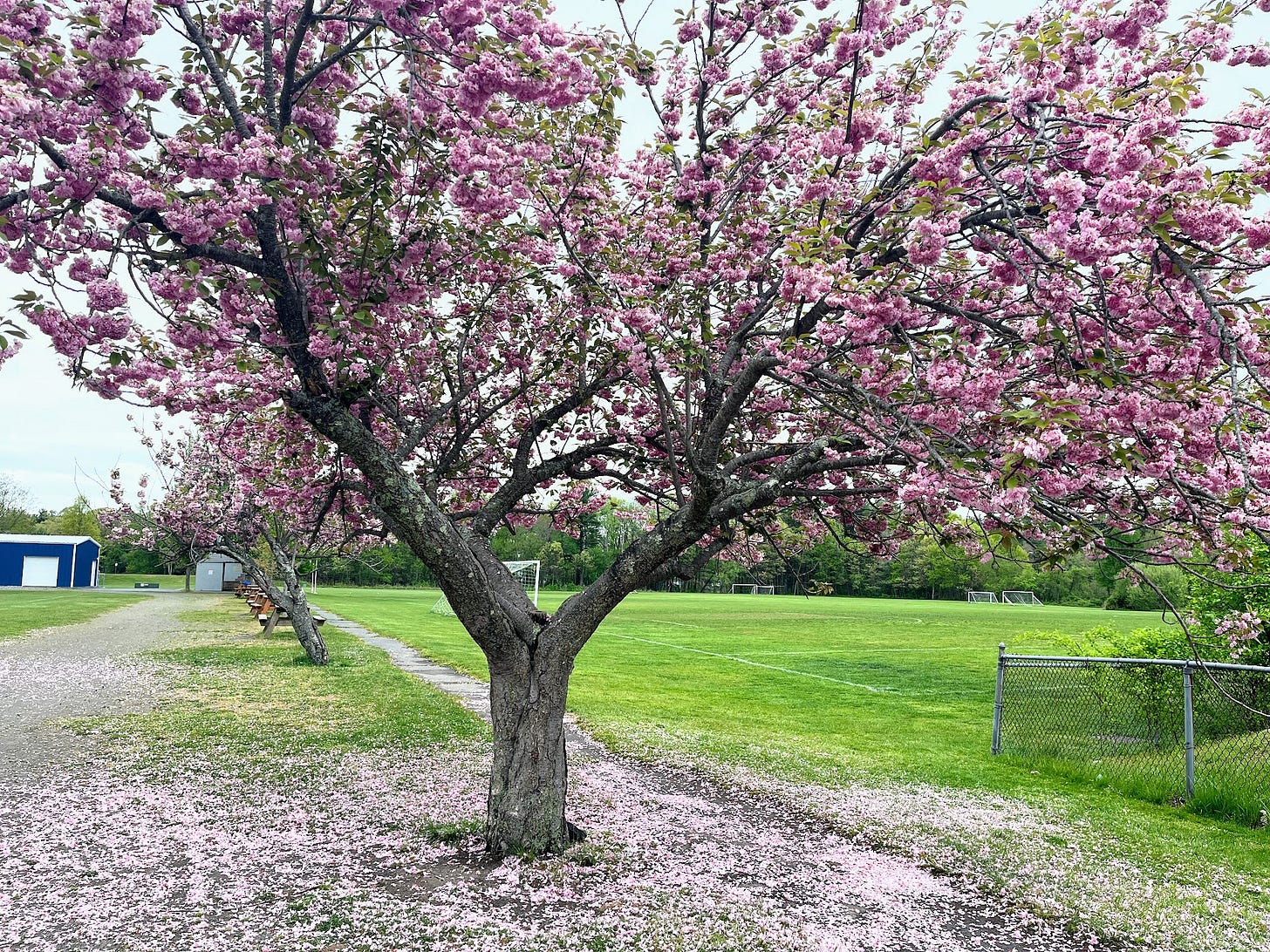
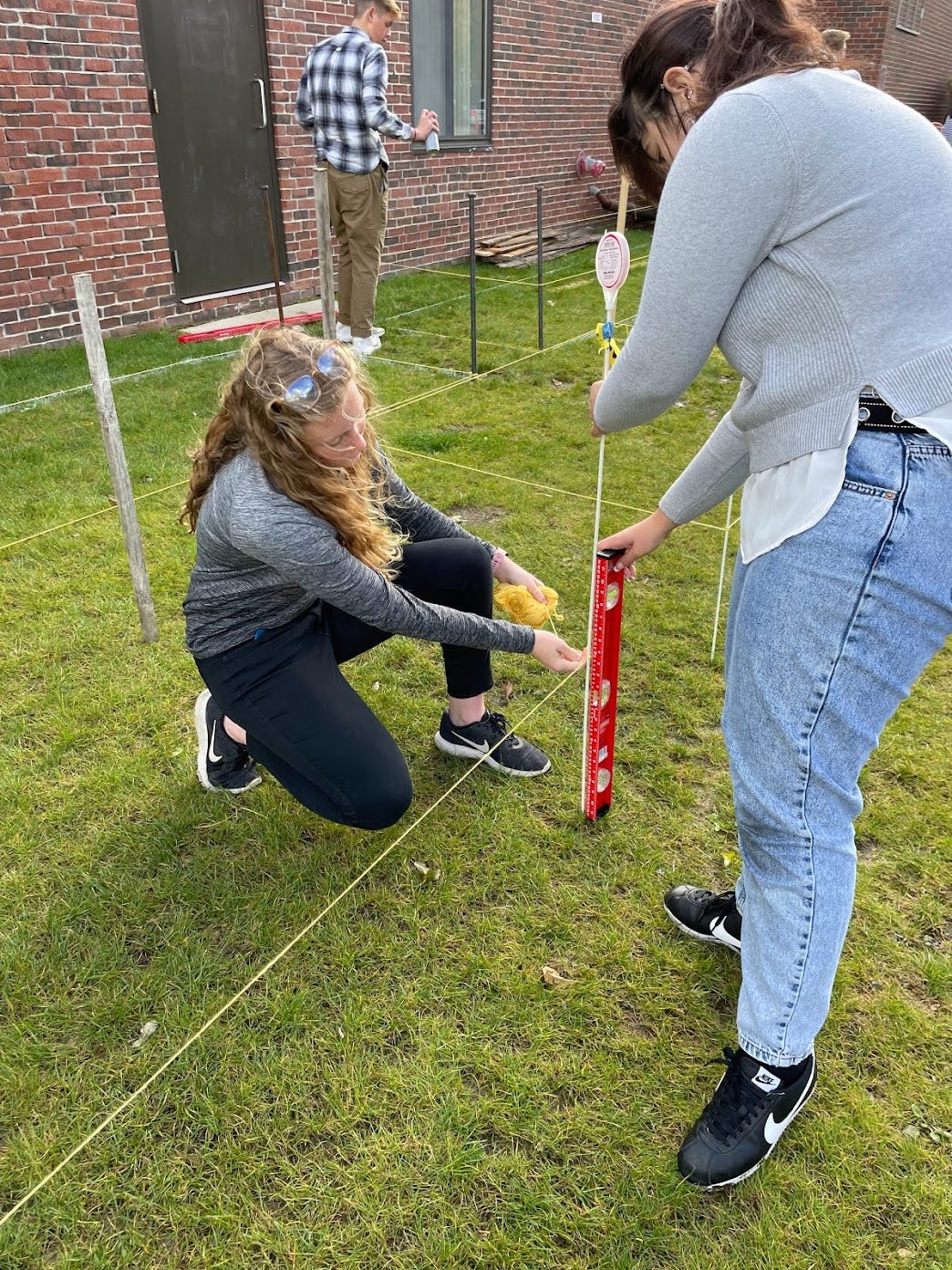


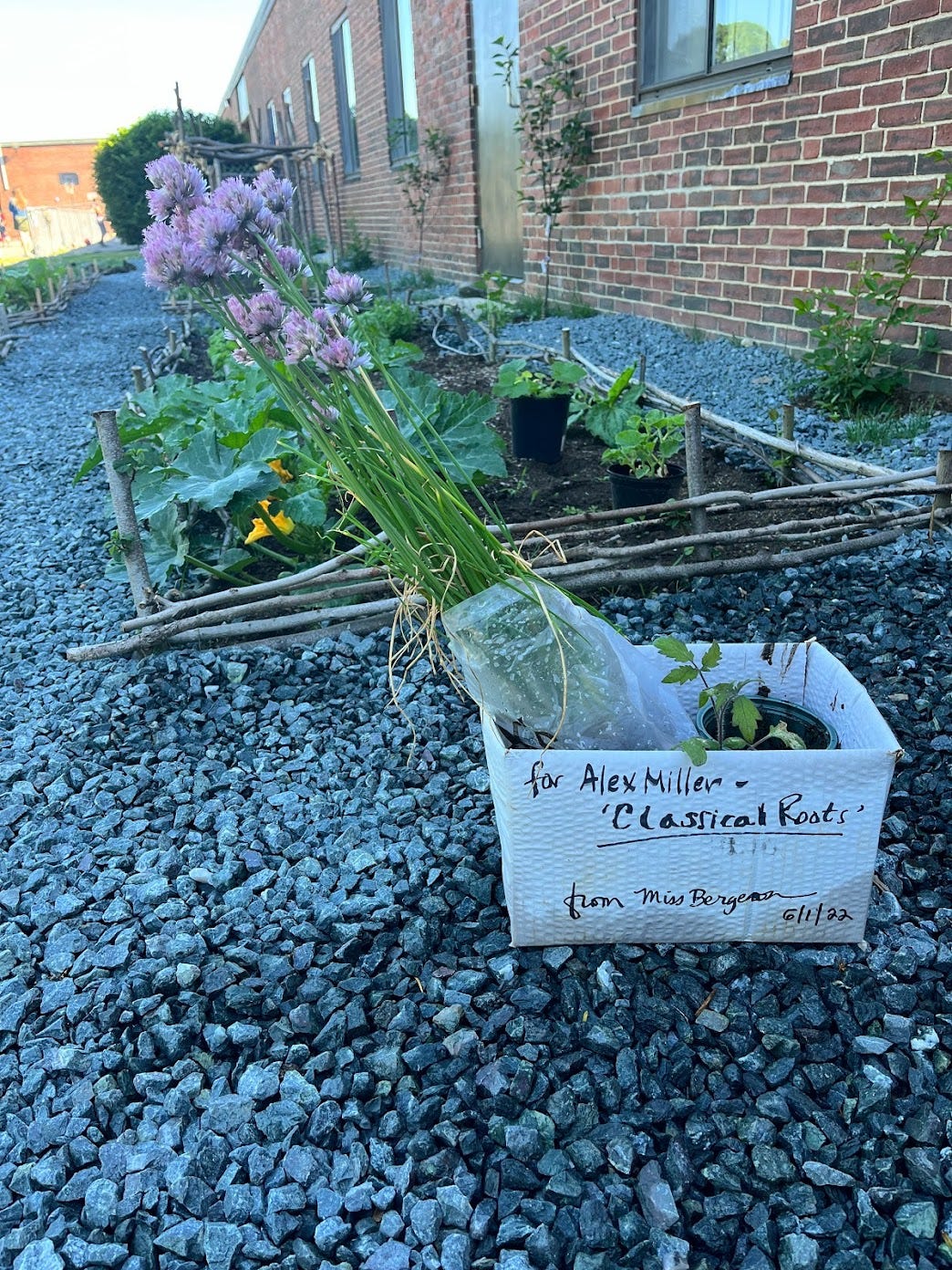
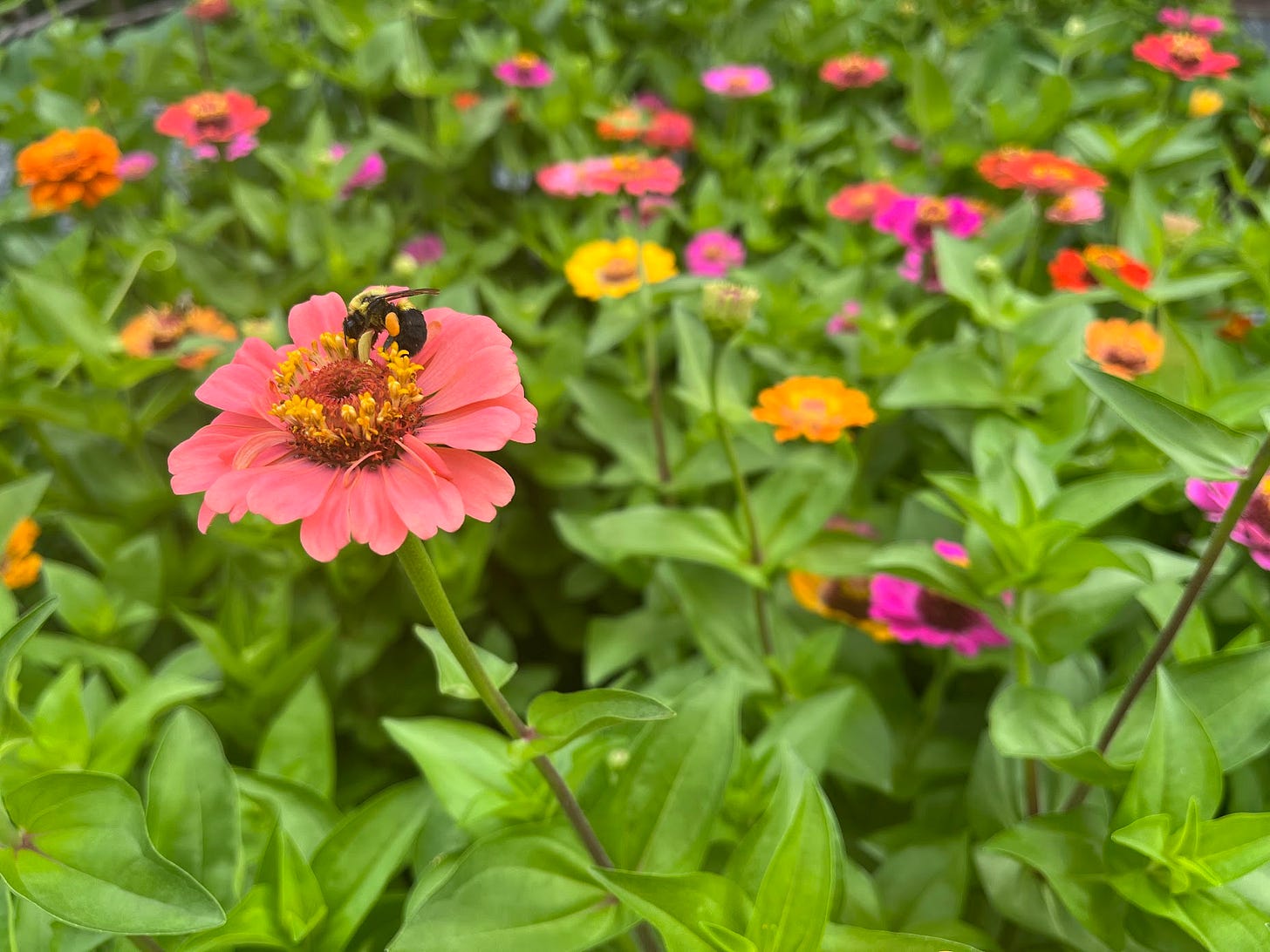
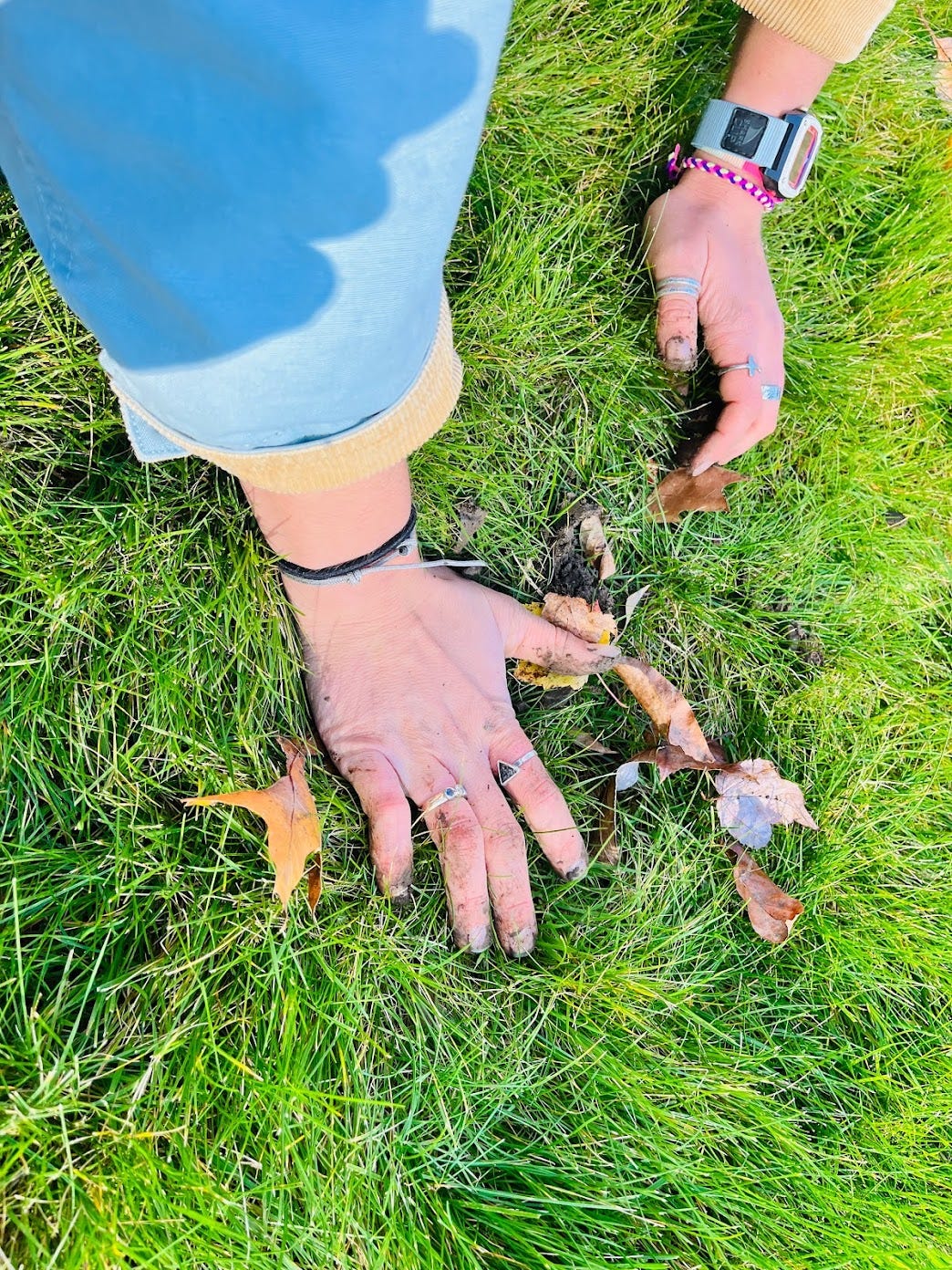
Good Advice!